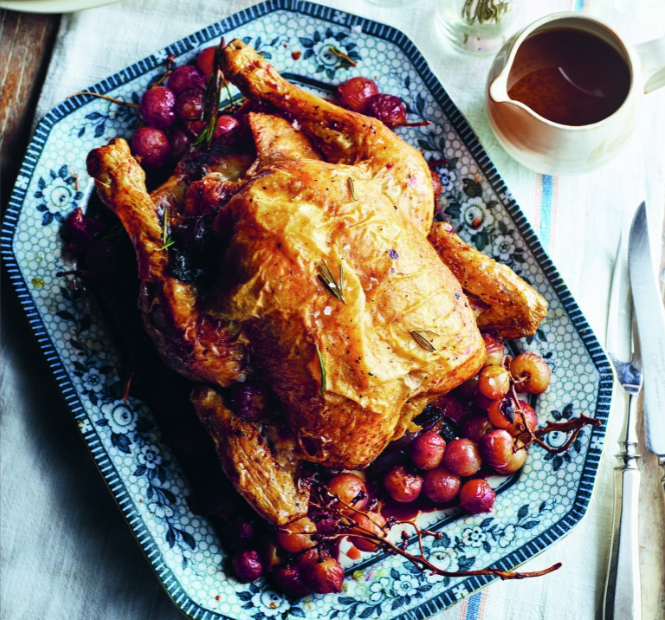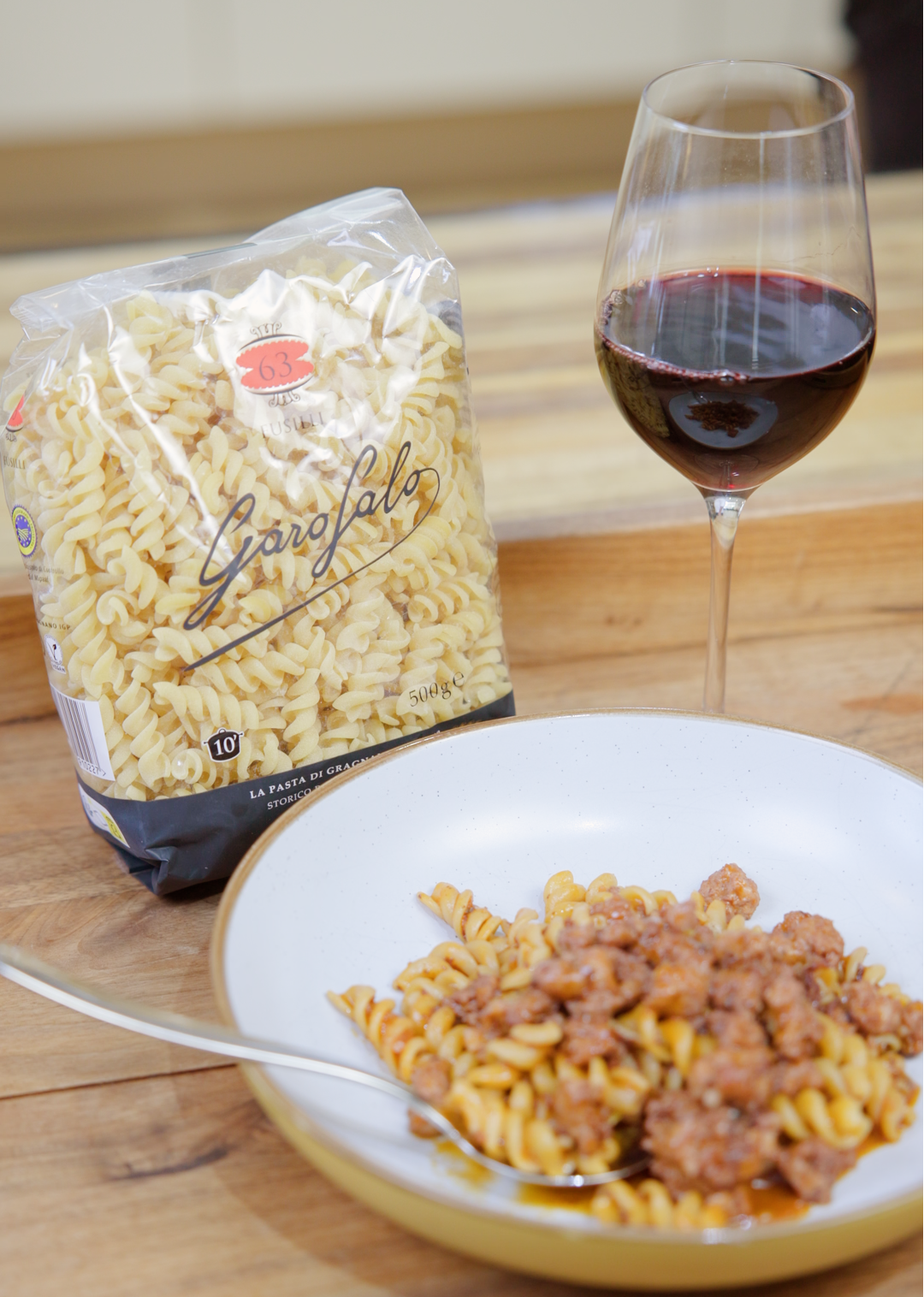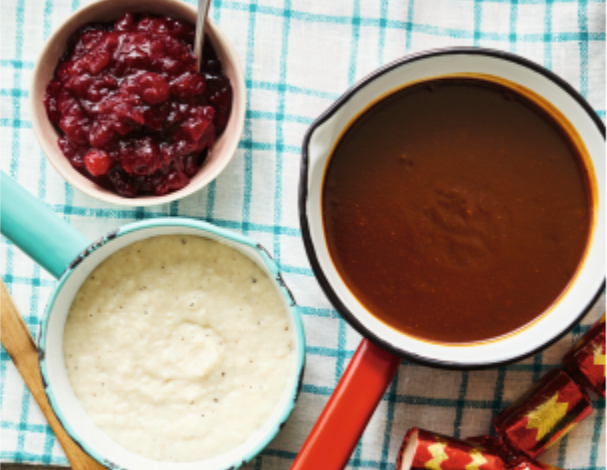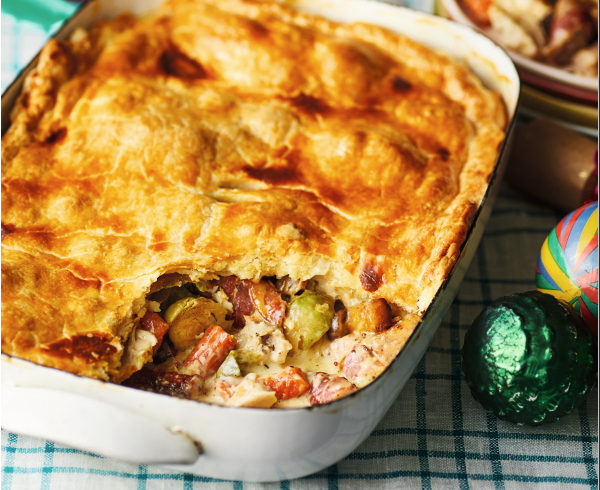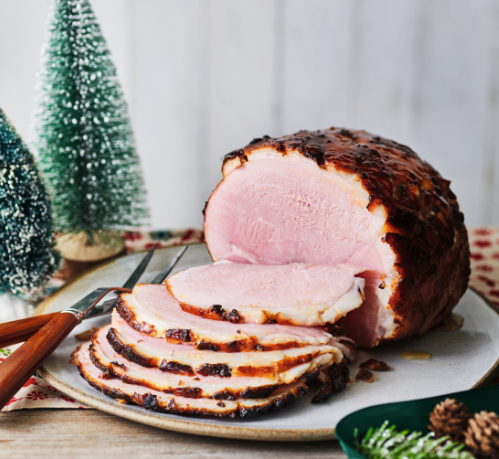Crab and Shrimp Pad Thai with Chilli Oil
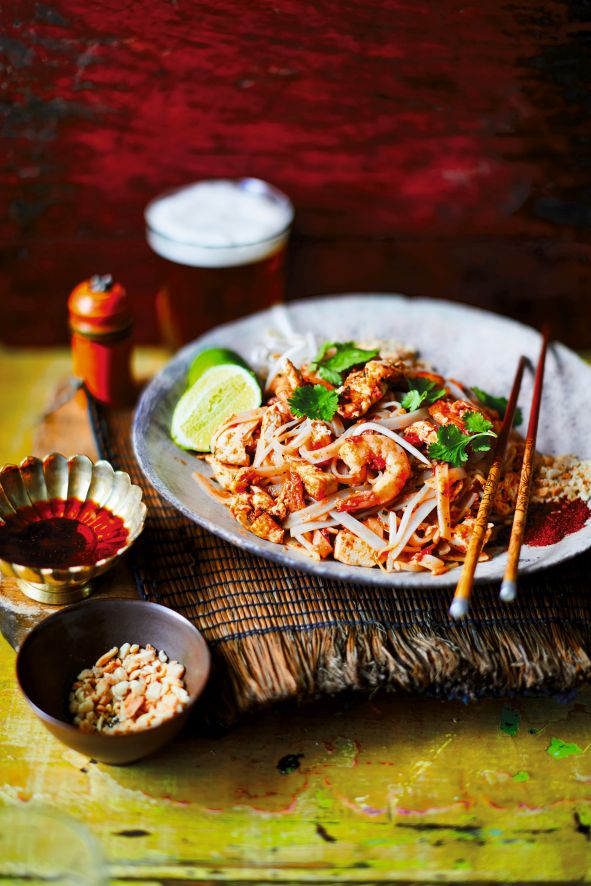
10 minutes, plus soaking time prep, 10 minutes cook
Serves 3
Ingredients
100g palm sugar
100ml thick tamarind water
30ml vegetable oil
10 Thai shallots, peeled and thickly sliced (or banana shallots)
6 prawns, shells removed and deveined
1 tsp dried shrimp
2 tbsps brown crab meat
2 medium eggs, beaten
150g flat vermicelli rice noodles, soaked for at least 2 hours in cold water
2-3 tbsps fish sauce
10g Chinese chives (or other chives), chopped
2 tsps smoked chilli powder
20g fresh tofu, fried in a little vegetable oil until golden brown and crispy on the outside and soft on the inside
10g toasted peanuts, lightly crushed
1 tbsp pickled garlic, thinly sliced (optional)
10g beansprouts
10g coriander, chopped, to ganish
50ml chilli oil
1 lime, cut into wedges, to serve
Method
The trick with a pad Thai is to have all the ingredients with arm’s reach of a hot wok. The only thing that needs preparing in advance is the tamarind sugar: in a small saucepan on a medium heat, gently melt the palm sugar in the tamarind water, stirring constantly until there are no lumps left. Set aside with all the other ingredients.
Heat the oil in a large wok on a high heat and add the Thai shallots, prawns and dried shrimp. Toss until the prawns are almost cooked and the shallots begin to turn golden brown. Add the brown crab meat and toss a few times; it should mostly melt into the sizzling oil and coat the prawns.
Add the eggs and scramble for 30 seconds. Immediately after this, add the noodles, making sure not to add too much of the soaking water to the wok. Stir-fry the noodles by stirring them constantly so that they don’t stick to the bottom of the wok. Spread them across the surface of the wok as much as possible to ensure even cooking. They are ready for the next stage when they begin to turn translucent.
Add two-thirds of the tamarind sugar to the wok and pour it around the sides; this ensures that it comes into direct contact with the heat from the wok and caramelises as it dribbles down into the noodles. Toss the noodles in the sauce; the noodles should be dark brown, with no black bits. If they look too light, then add the rest of the tamarind sugar in the same way.
Reduce the heat and add 2 tablespoons of the fish sauce, the Chinese chives, 1 teaspoon of the chilli powder, the tofu, half the peanuts, the pickled garlic and beansprouts, and toss all the ingredients through to warm. Check for seasoning: the dish should be sweet, fishy and savoury, with a smoky chilli kick. If it’s too sweet, add the remaining tablespoon of fish sauce. Sprinkle the noodles with the coriander and serve on a large plate with the remaining peanuts and chilli powder, the chilli oil and lime wedges on the side.
More recipes to try
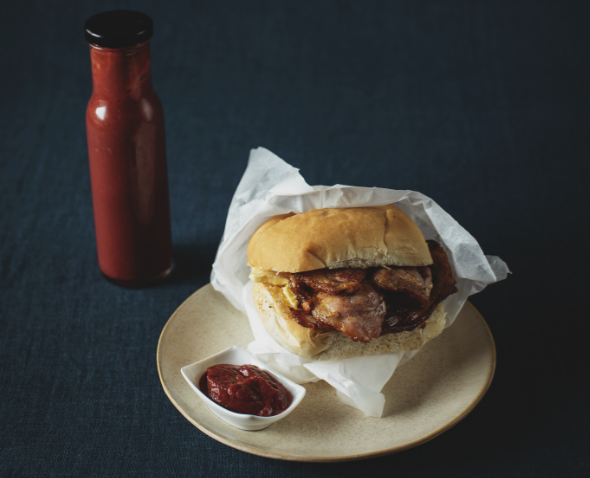
5 days curing time plus ½ day smoking time
Serves 3-4
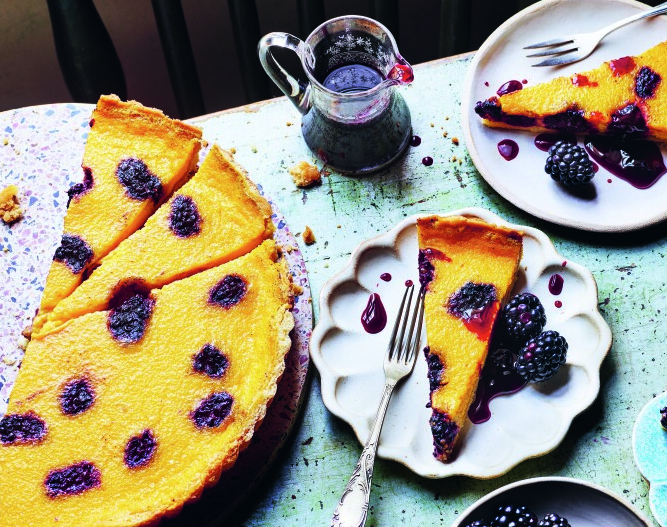
20 minutes plus chilling time
Serves 6-8 slices
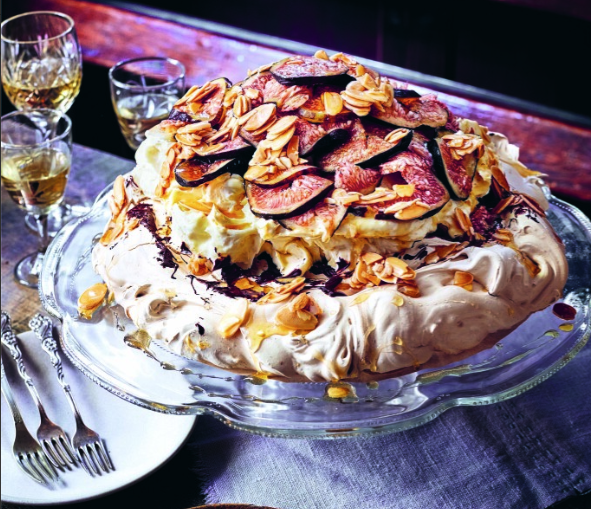
20 minutes
Serves 10-12
Great British Food Awards
Tasting videos

3 of the best biscuit and tea pairings
Treat yourself by discovering three decadent ways to match award-winning biscuits with tea
